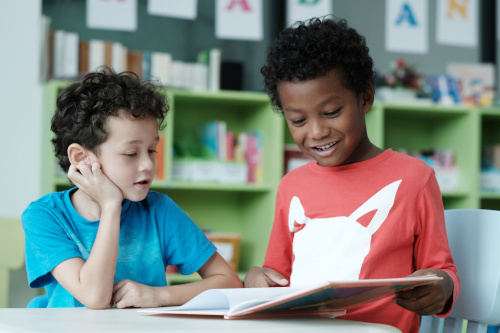
Until very recently, learning loss was a matter of concern mainly because of long summer holidays. Students’ socioeconomic situations played a role in those concerns but, mostly, making up for the knowledge and skills lost over school breaks involved returning learners to their school routines.
And, of course, revising the last few weeks of last semester’s curriculum before moving on to new material.
The coronavirus pandemic has redefined what learning loss means. Generally speaking, nobody was prepared for the sudden and dramatic upending of life as they knew it. Some adapted quickly, while others struggle with the mental and physical impacts of COVID to this day.
Education systems around the world, long holding to traditional teaching templates, found they had neither the equipment nor the training to fall into remote teaching schemes. For most schools, there were no plans for such a contingency.
For all the suddenness and severity of the situation, schools, teachers, and students met the challenge head-on, adapting as best they could.
But this infernal virus is not yet done with us. Not only do we have to overcome the learning loss this crisis caused, but we must also contend with possible future instances of missed lessons and school closures.
Here are seven ways to counter student learning loss.
1. Frame the issue appropriately. Educators know that they have to make up for lost time; those days and weeks spent out of the classroom knocked entire syllabi off course. The trouble is, teachers can’t just teach most of the course and hope their students learn enough to come out fine in future classes. Catch-up work is necessary but calling it that puts undue pressure on the students. Indeed, it may cause them to feel as though they’ve been laggards rather than afflicted by the same catastrophe that teachers labored under. Revision would be a suitable alternative, or recapping past lessons.

